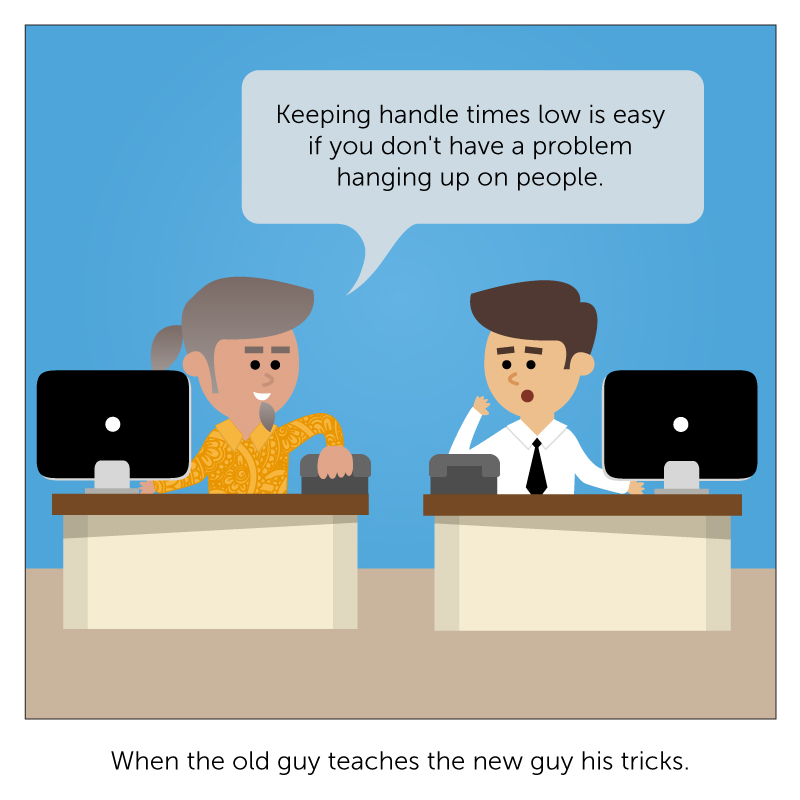This week we’d like to share a new report from IDC Research that takes a look at how organizations are approaching their Customer Experience (CX) strategies, and the components of a successful program.
The report identifies five stages that organizations reach in terms of delivering customer experience, which we’ve outlined here:
1. Ad Hoc: Organizations are unable to provide a consistent level of experience, often resulting in the delivery of mixed information to customers, which can negatively impact their perception of the brand.
2. Opportunistic: Here, a CX program is in place, but lacks a well-defined strategy and customer delivery.
3. Repeatable: At this stage, training programs are now in place and there are elements of structure within the CX program.
4. Managed: This moves one step further with set metrics, and a clear understanding of what the customer experience should consist of
5. Optimized: Customers receive consistent experiences regardless of how they are engaging with the company. Performance is evaluated based upon well-defined “satisfaction” metrics.
In the report, IDC’s Mary Wardley calls for a “coordinated effort” within companies to move from one CX stage to the next. As part of this strategy, organizations must channel internal culture, products/services, people, information and of course – technology – and consider how these lines of business fit into the customer experience.
In the report Wardley pushes for thoughtful consideration around tech-driven CX strategy by executive leadership, and argues that “the ability for an organization to turn on a dime and undertake such a broad and complex business strategy and install the accompanying IT infrastructure will be a challenge for even the most committed of organizations. Management will need to see the bigger picture of long-term profits over short-term gains”.
BroadSoft is very active in implementing effective customer service analytics and customer retention strategies for call centers.







